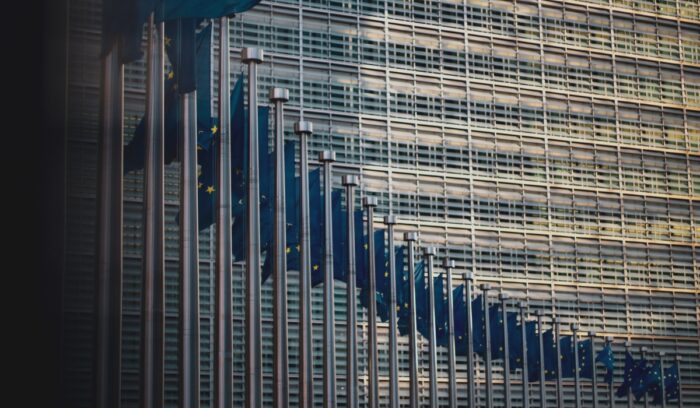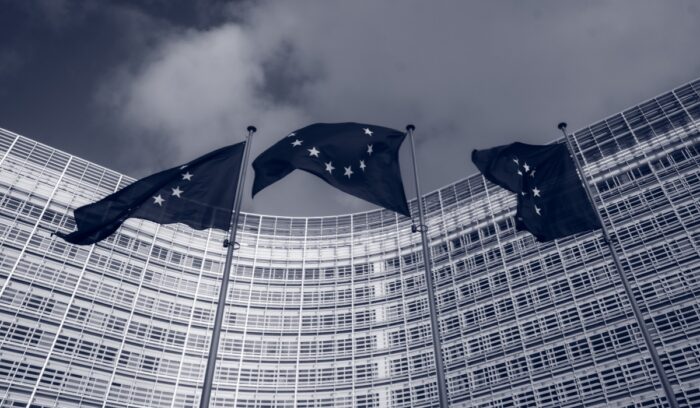Wind power overtakes natural gas in the E.U. for first time ever
The European Union saw a record drop in fossil fuel power last year, according to a new analysis by energy think tank Ember. In 2023, coal generation fell by 26%, while gas generation fell by 15%. Along with a record buildout of renewables and a downturn in demand, the decline of fossil fuels led to an unprecedented drop in emissions from generating electricity, which fell by 19%. Now, for the first time, wind power supplies more electricity for Europe than either natural gas or coal.









